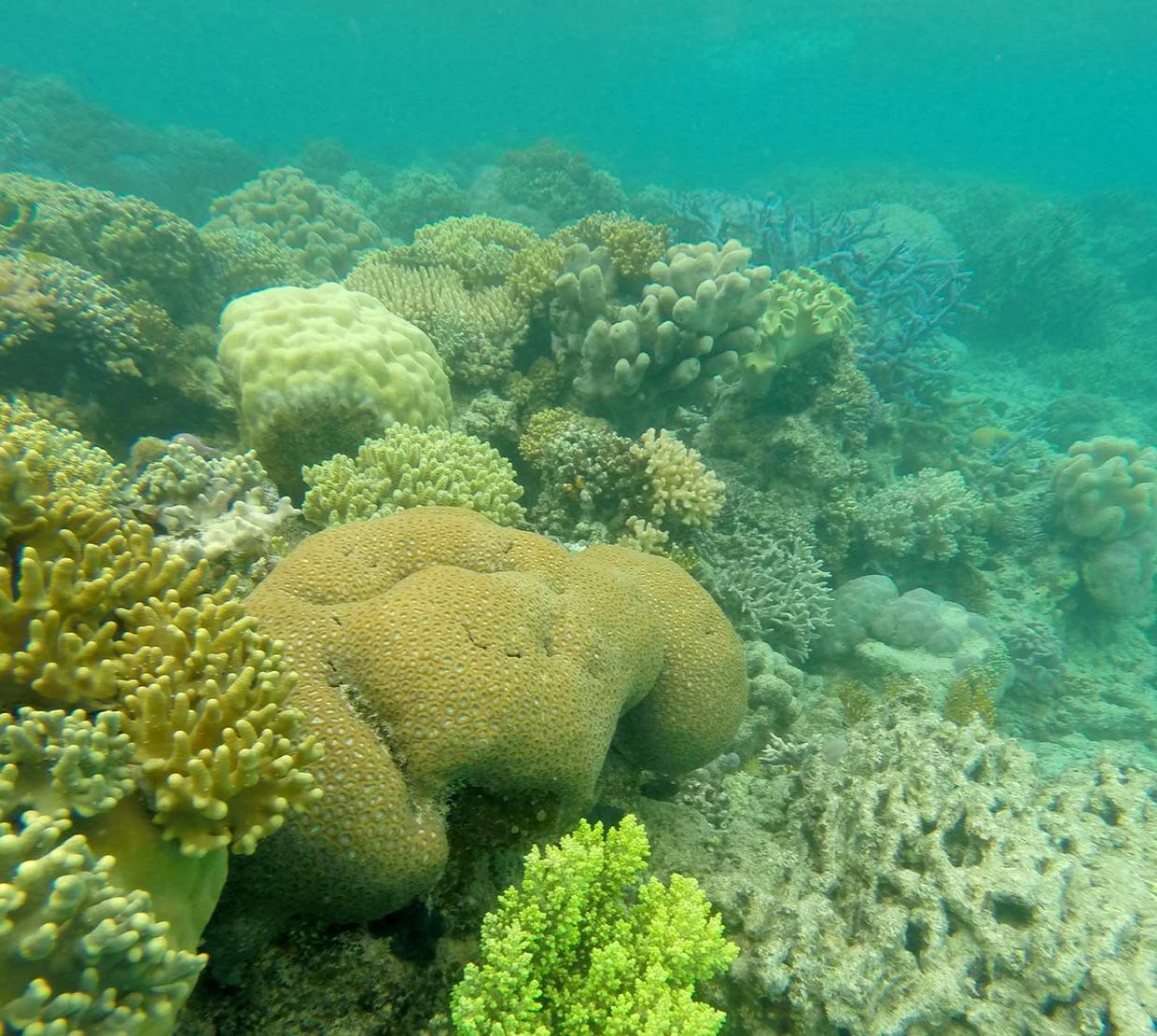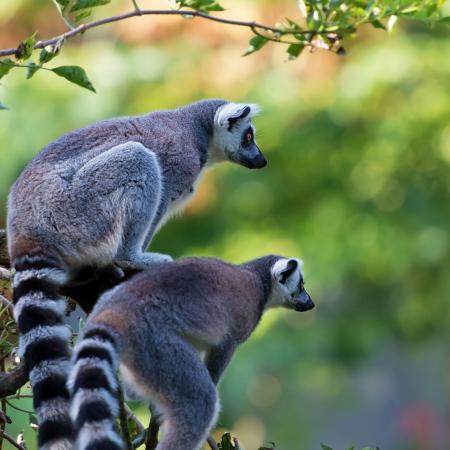The microbiome or the vast community of microorganisms found on and within plants, animals and humans can help us understand how different life forms on Earth can resist the harmful effects of environmental changes. Currently, there are very few scientific studies on how microbiomes can enable their host to recover from and withstand ecological disturbances, which would help sustain ecosystems and biodiverse habitats.
A pivotal National Science Foundation award will enable Oregon State scientists to investigate how microbes influence their wildlife host’s sensitivity and resilience to disruptive changes in the natural environment. The award was made in the category of Understanding the Rules of Life, one of NSF’s 10 big ideas to advance pioneering research that serves the nation’s future.
“As our planet experiences more and more disturbances, like climate change and disease outbreaks, we need to work together to understand how microbes can mediate resistance and reliance of their hosts to these stressors" — Rebecca Vega Thurber
Microbiologists and biochemists at Oregon State were awarded a five-year $3 million NSF grant for their proposal, “Predictors of Microbiome Sensitivity and Resilience.” Rebecca Vega Thurber, Emile Pernot Distinguished Professor of microbiology, is the lead principal investigator on the project. The project includes co-principal investigators Thomas Sharpton, associate professor of microbiology and statistics; Maude David, assistant professor of microbiology and pharmaceutical sciences; Ryan Mueller, associate professor of microbiology; and Xiaoli Fern, associate professor of computer science.
“As our planet experiences more and more disturbances, like climate change and disease outbreaks, we need to work together to understand how microbes can mediate resistance and reliance of their hosts to these stressors, ” said Vega Thurber. “This collaborative project aims to bring together the expertise of several microbiologists and computer scientists at OSU to identify important ‘system agnostic’ features of microbiomes that may provide key insight into how microbiomes are involved in mediating animal and plants health, particularly in regards to environmental change.”
Global climate change is threatening the survival of almost all life forms on Earth. Intense heat waves and other human pressures are reducing biodiversity and creating profound and severe consequences for marine and terrestrial ecosystems. The effects of such ecological disruptions are most clearly observed on species that are unable to adapt to their changing environments, and suffer from disease, loss of nutrients and habitat, genetic changes and are ultimately threatened with extinction. Some of these devastating impacts due to anthropogenic climate change include coral bleaching and reduced reproductivity and lower survival rates in fish.
In this pressing scenario, understanding how microbiome properties and composition are influenced by environmental changes can hold the key to saving and preserving ecosystems. The project will explore the impact of human-induced environmental changes on the genome, physiology, adaptation, composition and other ecological functions of the microbiome that will indicate their sensitivity and resilience to environmental disturbances. The researchers will focus on how microbiome responses before, during and after stressful ecological conditions influence the host species’ health, and become a contributing factor in their decline or survival in a changing environment.
Vega Thurber and her collaborators will investigate microbiome transformations in three aquatic organisms: seagrass, corals and zebrafish. These organisms are affected by the three environmental stressors of antibiotic exposure, warming waters and pathogen infection. Through studies of the microbiome in the three species, the researchers will define the unifying principles and properties that define a microbiome’s sensitivity and resilience to environmental changes.
“By comparing the dynamics of very different aquatic microbiomes, but using identical experiments and methodology, this novel project can find critical hallmarks of microbiomes that are prominent in healthy and stressed hosts, giving us a better ‘broad scope’ understanding of how all microbiomes function,” Vega Thurber said.
The identification of such universal properties holds potential to transform microbiome research and innovation, particularly as it applies to health and natural resource management. To define how ecological disturbance impacts host-microbiome interactions, the researchers working on this project will develop novel and freely available data analytic tools and software.
“Because our work focuses on diverse host systems and disturbances that represent major categories of anthropogenic stress, we expect to develop foundational insights into how human activity impacts wildlife through their microbiomes,” said the scientists in a statement.




